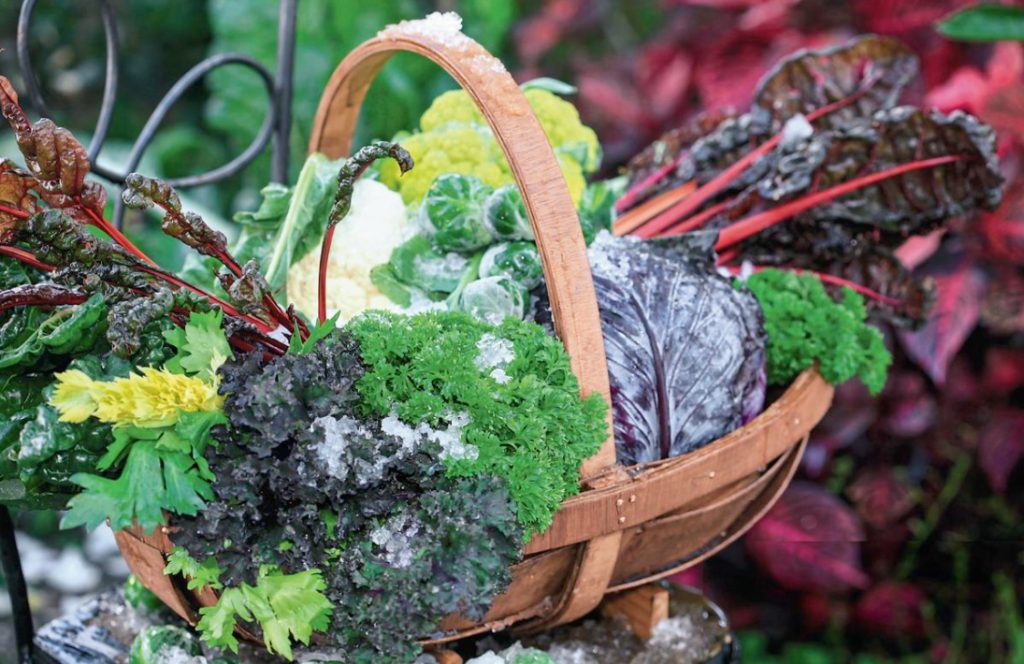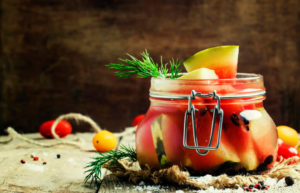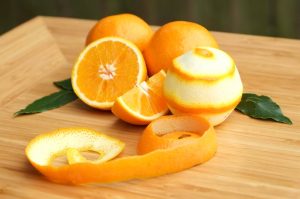The idea of rational, maximum use of vegetable plants is not new, but, judging by current trends, it does not fade.
With proper planning, you can harvest in the garden until late autumn. And since the choice is getting scanty closer to winter, greens and root vegetables should be used to the maximum.
As a rule, when using vegetables in the kitchen, almost a third of the crop in the form of waste has to be thrown in the trash or sent to compost. And this causes sadness for every gardener, because a lot of effort and time is spent on caring for vegetable plants. That is why the modern trend of “making the most of everything that is edible” resonated with many enthusiasts.
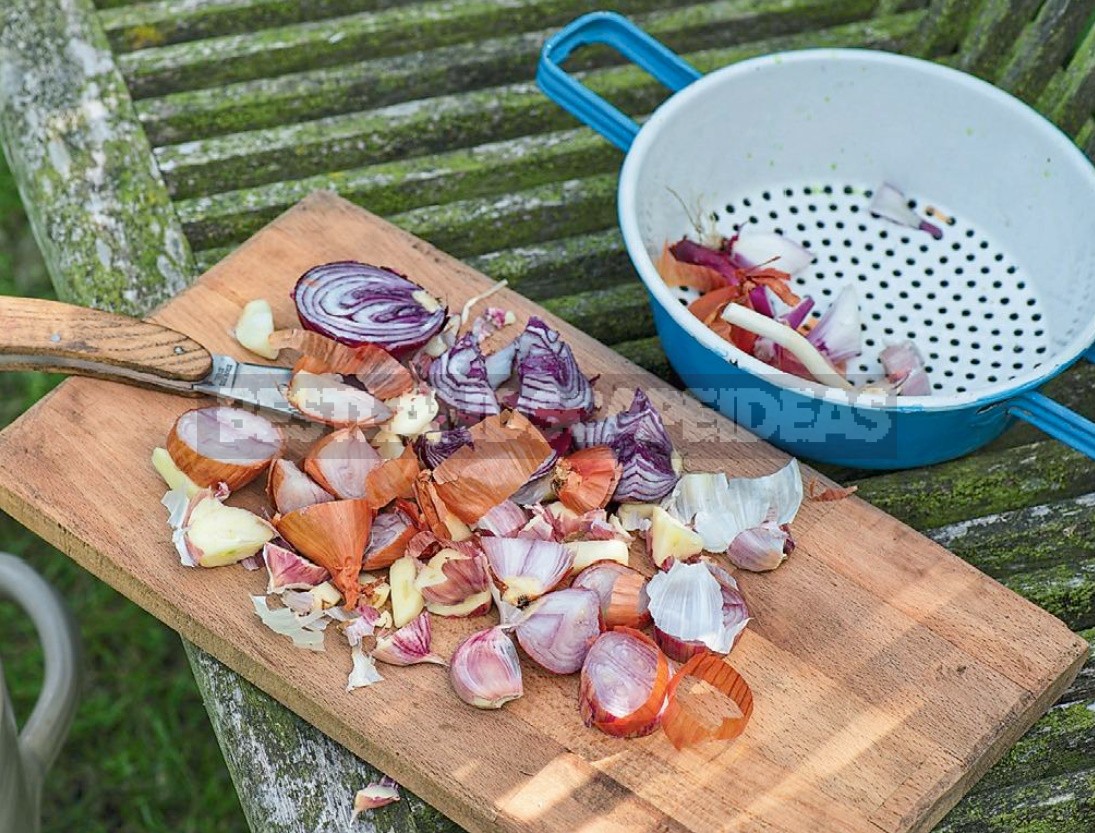
Food activists of the fashion trend adopted the motto nose to tail, and in relation to vegetables — leaf to root. It sounds almost revolutionary. In fact, many tips on the rational use of plant waste were in use even among our ancestors, but due to the abundance of products on store shelves, they were simply forgotten. The fact that celery greens, parsley stalks and waste after cleaning leeks or parsnips can be used for making sauces and as spicy greens for soups, every diligent housewife used to know.
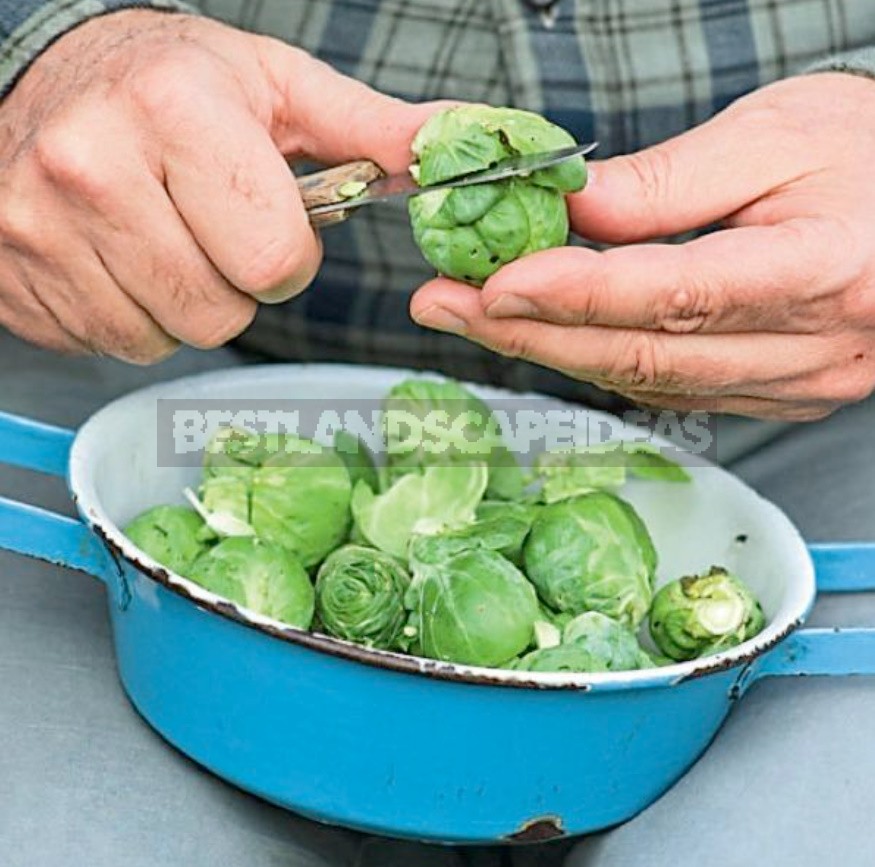
With mini-heads of Brussels sprouts, remove the outer leaves – they are suitable for soup or pesto sauce. A rosette of leaves at the top of the stem can replace Savoy cabbage. But the hard stem itself is suitable exclusively for compost.
New discoveries include:
- recipes for Panna cotta dessert made from cauliflower stalks,
- chicory root chips,
- a salad of quinoa and potato peelings,
- soup of the valves of the pods of peas.
And it is not forbidden to experiment, because many vegetable plants are suitable for food entirely. In addition, often what we throw away is the most useful:
- kohlrabi leaves contain more phytonutrients and minerals than stebleplod (creative cooks often use them in their dishes, such as mini-rolls, or instead of spinach pie with salmon and cheese);
- cut off green part of leeks are especially rich in beta-carotene and valuable trace elements such as zinc;
- the thick skins of root crops of parsnip along with potassium and folic acid contains a lot of vitamins, especially C and E.

Left: the green radish is a great complement to salads. And finely chopped leaves give a piquant touch to soups and salad dressings. In the center of the peeled stems of broccoli you can cook mashed like potatoes, or in conjunction with it. They are also good in raw form, if cut into strips or grate on a coarse grater. Right: leafy cabbage stalks are prepared separately from curly leaves – the first ones need to be processed thermally for longer
The leaves and stems of tomatoes, peppers, eggplants, potatoes, and other members of the Solanaceae family, on the contrary, should never be eaten. They contain the strong poison solanine, which is not destroyed even by heat treatment. This means that such plant waste is only suitable for compost.
Of course, before eating vegetable plants and herbs should be thoroughly washed. However, it is impossible to get rid of systemic pesticides that penetrate the tissues by washing them. Therefore, ideally, it is better to use your own grown vegetables in the kitchen or try to buy environmentally friendly ones.
Recipe: hummus with grunkle
Ingredients
For 4 servings:
- 250 g canned chickpeas (tin can)
- 40 g of grunkle (Kale)
- 2 tbsp sesame paste
- 1-2 cloves of garlic
- 1 lemon (juice and zest)
- ½ tsp salt
- 2 ½ table. spoons of olive oil
- 2 tablespoons black cumin for sprinkling
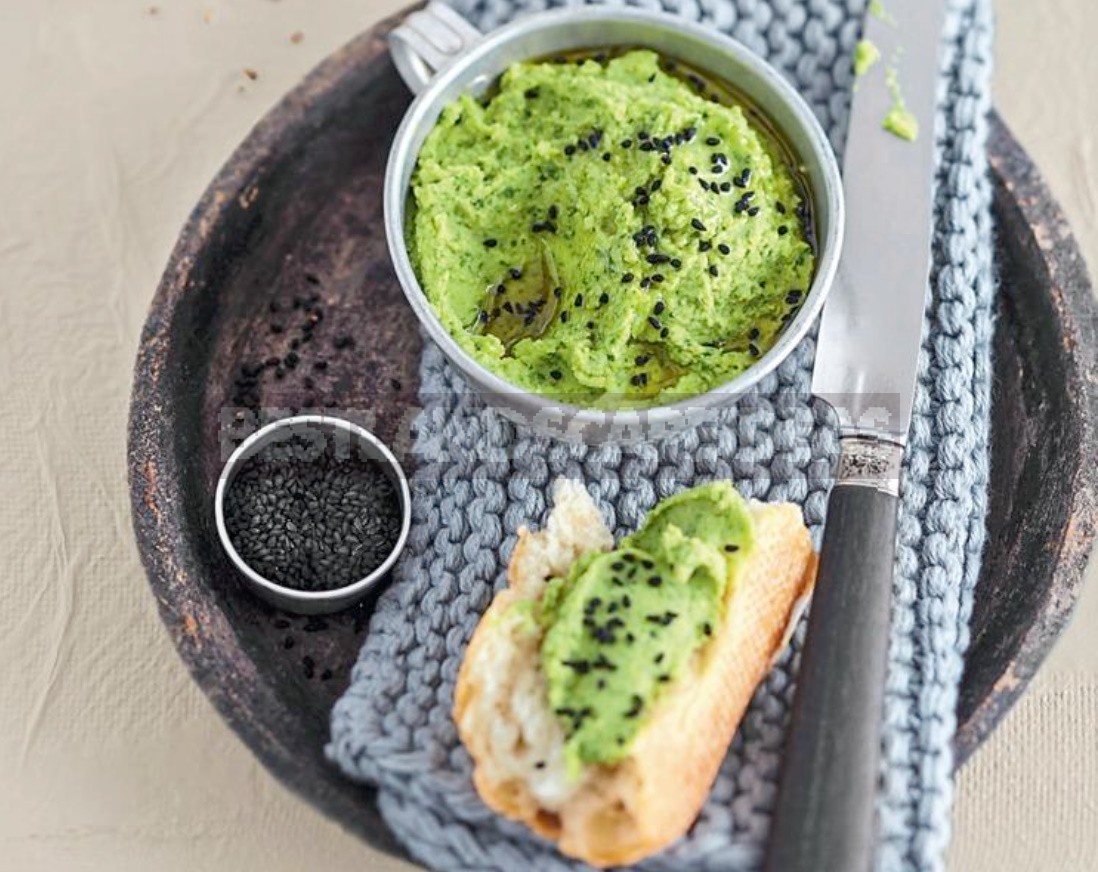
Preparation
- Flip the chickpeas into a colander and allow the liquid to drain completely.
- Grunkohl wash, shake off the excess water and finely chop. Together with chickpeas and other ingredients, puree with an immersion blender. Then mix 2 tablespoons. spoons of olive oil.
- Lightly fry the black cumin in a pan.
- Transfer the hummus to a bowl or bowl. Before serving, drizzle with the remaining olive oil and sprinkle with the roasted cumin.
The Council: hummus is a hearty appetizer and should be served with pita bread or bread.
